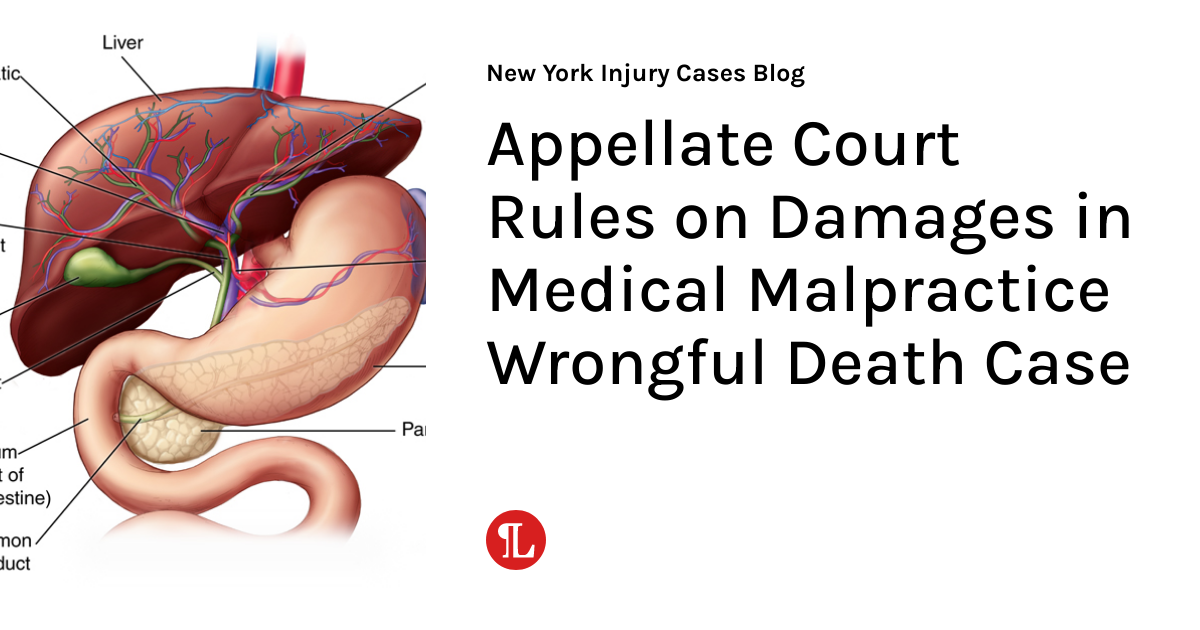On December 8, 2001, Miguel Nesbitt was sent to a jail on Rikers Island in New York City to await trial on several felony charges. Earlier that year, while in Florida prison on federal marijuana charges, he tested positive for tuberculosis and was promptly placed on an antibiotic known as Isoniazid (“INH”).
Mr. Nesbitt’s INH treatment continued until April 5, 2002 when he was placed in solitary confinement for 55 days (for verbal abuse of the Rikers staff). Upon his release from solitary, he was sick and in pain. Mr. Nesbitt, only 23 years old, was suffering from severe liver disease and, on June 1st, he died from massive liver necrosis.
In the ensuing medial malpractice lawsuit against the City of New York, New York City Health and Hospitals Corp. and Prison Health Services, Inc., a Manhattan jury determined that the defendants caused Mr. Nesbitt’s death by failing to properly treat, test and monitor his liver condition after he was transferred to Riker’s Island.

The jury then awarded damages in the total sum of $22,000,000 as follows:
- Pre-Death Physical Pain and Suffering – $8,000,000
- Emotional Pain and Suffering – $8,000,000
- Loss of Parental Guidance – $6,000,000 (20 years)
The trial judge agreed with the defendants that the damages awards were excessive and he ordered that damages be reduced to a total sum of $4,500,000 as follows:
- Pre-Death Physical Pain and Suffering – $2,750,000
- Emotional Pain and Suffering – $500,000
- Loss of Parental Guidance – $1,250,000
Plaintiff appealed arguing that the trial judge’s reductions were improper; however, in Small v. City of New York (1st Dept. 2023), the appellate court affirmed each of the trial judge’s reductions. The defendants cross-appealed arguing, unsuccessfully, that “the entire award for emotional pain and suffering a/k/a fear of impending death” should have been set aside.
Here are the injury details:
- Physical pain and suffering period was two to three weeks including malaise, not feeling well, jaundice, abdominal pain, vomiting blood and nausea while in solitary and then during his final couple of days while hospitalized he also had internal bleeding, severe pain, difficulty breathing and was writhing in bed in severe pain before he lapsed into a coma and died.
- Emotional pain and suffering period was about two days – between the moment he realized that he was going to be gravely injured or die, and the moment of his death. His mother testified that on May 30th he said “Mommy, I’m going to die” at a time when he was hospitalized and in tremendous pain. The next day, he was unable to speak but tears were running down his eyes.
- Loss of parental guidance damages were for Mr. Nesbitt’s daughter who was only two and a half years old when he died. There was evidence that Mr. Nesbitt loved and adored his daughter, provided for her financially to the best of his ability and intended to reunite with her.
Inside Information:
- Plaintiff was represented by Rubert & Gross with both Soledad Rubert and her husband Richard Gross trying the case to an outstanding resolution. Tragically, Richard Gross died while this appeal was pending.
- In their summations, defense counsel suggested that if the defendants were to be held liable then the jury should award $100,000 for pain and suffering and $250,000 for loss of parental guidance; plaintiff’s counsel suggested $3,000,000 for pain and suffering, $10,000,000 for fear of impending death (referred to on the verdict sheet as emotional pain and suffering) and $5,000,000 for loss of parental guidance.



